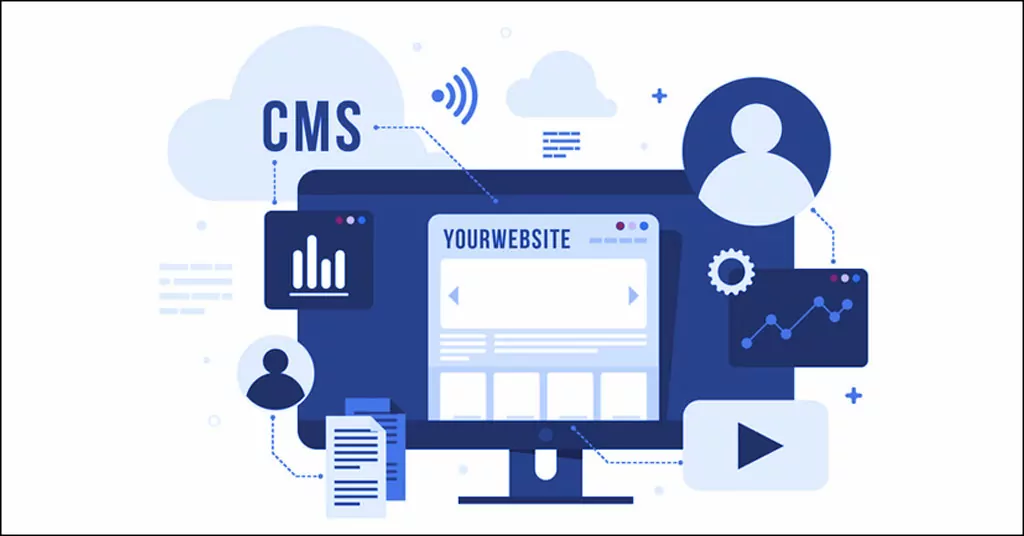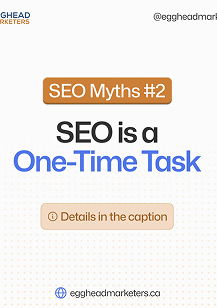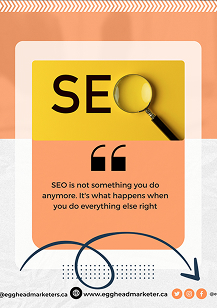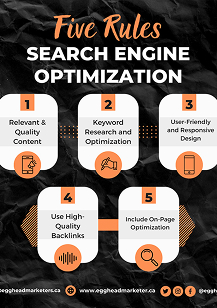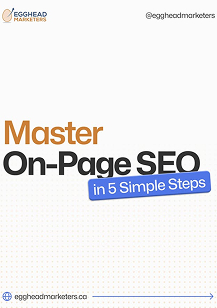Small Business Websites have become essential for every business in today’s digital landscape, providing online presence. This is true no matter how big or small. For small companies, having a well-made website is very beneficial. It helps you connect with more potential customers. A good site builds trust in your brand. Most importantly, it can boost your sales. However, designing a standout website in 2024 is challenging. The web design world constantly changes and evolves. But don’t worry! This guide takes you step-by-step. It shows how to create a stellar small business site. One that looks sleek and professional. And one that provides a smooth, enjoyable user experience.

Step 1: Define Your Goals and Target Audience when creating Small Business Website
Before starting to build your website, there are some important things to consider. First, decide what you want your site to accomplish. Do you want to display your products and services? Maybe you want to get new potential customers? Or perhaps you simply want an online presence?
Next, think about who your target audience is. What are their ages and interests? How do they use the internet? Knowing your goals and audience is key. It will guide how you design your website. It will shape the content you include. And it will determine the site’s features and functionality.

Step 2: Choose the Right Platform
Choosing the right platform for building your website can feel overwhelming. There are so many options out there! Two popular choices are content management systems and website builders. Content management systems, like WordPress, allow for lots of flexibility. You can customize your site in many ways. This makes them great for businesses with unique needs.
Website builders, such as Wix or Squarespace, are very user-friendly. They often provide pre-designed templates you can use. This can be ideal for small businesses without technical skills. No matter which route you go, take time to explore. See which platform feels like the best fit for you. The right choice will make the website creation process easier.

Step 3: Secure a Memorable Domain Name
Your domain name is like your website’s address on the internet. It should be easy to remember and represent your brand well. The best domain names are short and simple to spell. They also relate directly to what your business does. It’s a good idea to include relevant keywords in your domain name. This can help improve your website’s search engine optimization (SEO). SEO makes it easier for people to find your site online.
Once you’ve chosen the perfect domain name, secure it right away. Purchase it through a trusted and reputable domain registrar company. This ensures no one else can take that domain name.
Step 4: Design a Visually Appealing and User-Friendly Small Business Website
In 2024, Small Business Website designs will focus on being clean and simple. Navigation needs to be intuitive and straightforward. Firstly, choose a responsive design for your site. This means it adapts perfectly to different devices. Whether viewed on a computer, tablet, or smartphone. Secondly, use high-quality visuals like images and videos. These engage visitors and showcase what you offer effectively. Thirdly, make navigation easy with clear menus. Organize your site’s information in a logical flow.
Finally, pay close attention to typography, color schemes, and white space. These design elements create a visually appealing, cohesive look. With a well-designed site, visitors enjoy their user experience. This leaves them with a positive impression of your brand.
Step 5: Optimize for Search Engines (SEO)
Search engine optimization (SEO) helps bring more visitors to your Small Business Website naturally. First, find the words people use to search for things like what you offer. Then, use those words in your website’s content and descriptions. Make sure your site loads fast too, because search engines like that.
Step 6: Create Compelling and Informative Content
Your Small Business Website should have great content. Describe your products or services clearly and simply. Show what makes them special. You could also add a blog. Share helpful tips and news. Update your site often to keep people interested and boost your search engine ranking.
Step 7: Integrate E-Commerce Functionality in your Small Business Website
If your business involves selling products or services online, you’ll need to integrate e-commerce functionality into your website. Popular e-commerce platforms like WooCommerce (for WordPress) or Shopify can streamline the process, allowing you to showcase your products, manage inventory, and process secure online payments seamlessly.
Step 8: Ensure Mobile Responsiveness
With the majority of internet users accessing websites via mobile devices, it’s crucial to ensure your Small Business Website is mobile-responsive. A mobile-friendly website automatically adjusts its layout, content, and functionality to provide an optimal viewing experience across various screen sizes and devices. Failure to prioritize mobile responsiveness can lead to a frustrating user experience, high bounce rates, and potential loss of customers.
Step 9: Implement Security Measures
Keeping your small business website safe is super important. Start by getting an SSL certificate. It hides info exchanged between your site and visitors, making transactions secure. Also, keep your website’s software up to date to fix any security holes. Lastly, use strong passwords and two-factor authentication for admin access.
Step 10: Track and Analyze Website Performance
Once your Small Business Website is live, it’s essential to track and analyze its performance to identify areas for improvement. Utilize tools like Google Analytics to monitor website traffic, user behaviour, and conversion rates. Additionally, leverage heat mapping tools to visualize how visitors interact with your website, identifying potential pain points or areas that require optimization.
Conclusion
Creating a successful small business website in 2024 requires a combination of strategic planning, creative design, and technical expertise. By following this ultimate guide, you’ll be well-equipped to build a website that not only looks visually stunning but also delivers an exceptional user experience. Remember, a well-designed and optimized website can be a powerful marketing tool, helping you stand out in a crowded online marketplace and driving growth for your small business.

